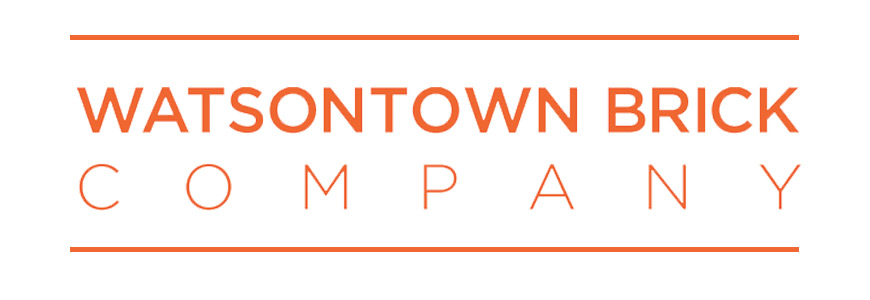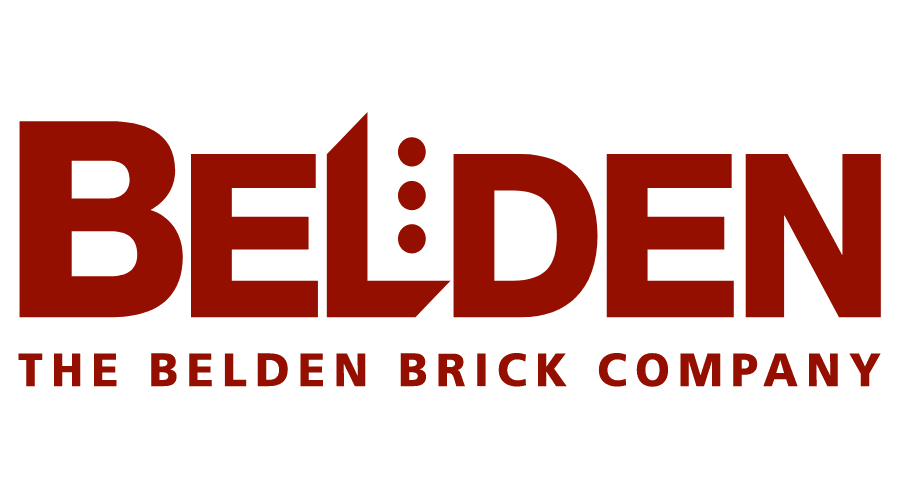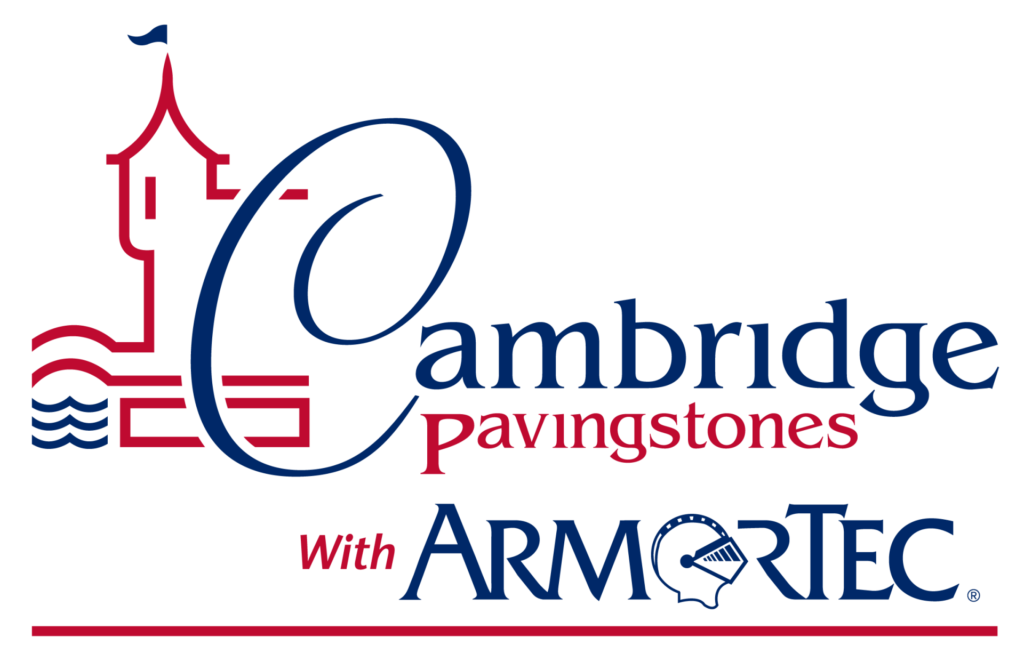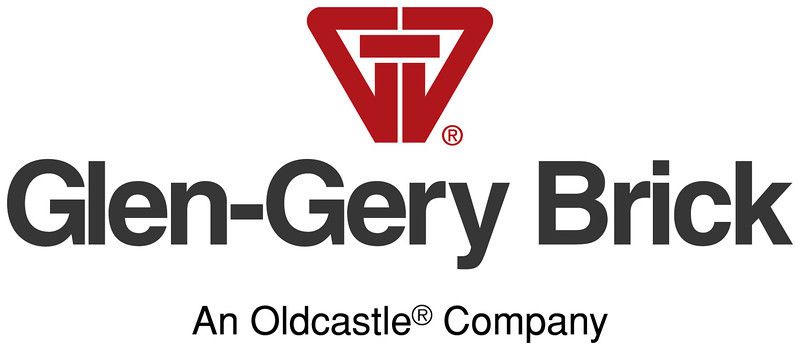Facade Inspections
NYC Local Law 11/FISP
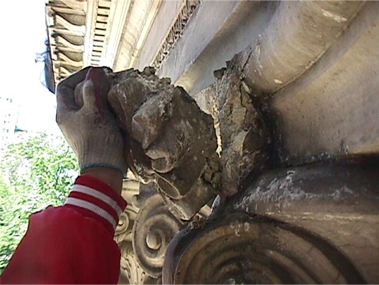
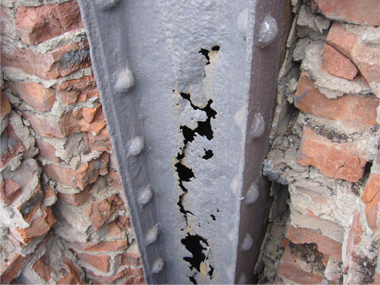
Who is authorized to perform a Local Law 11 inspection?
“Now Qualified Exterior Wall Inspectors (QEWIs) must have seven years of experience, specifically with buildings over six stories to perform the inspection. Additionally, the inspection can no longer be delegated to a tradesperson.” Only registered architects, engineers, and individuals with a bachelor’s degree in architecture or engineering and three years of FISP experience, or those without a degree who have at least five years of FISP experience, can perform inspection tasks under the direct supervision of the QEWI.
What does a Local Law 11 inspection entail?
In addition to visual inspection, close-up inspection from scaffolding is required at least every 60 feet along the length of every exterior wall that fronts a public right of way. This includes streets, sidewalks, easements, plazas and all other public places. To ensure this takes place, QEWIs must submit images of themselves and their staff performing the inspection.
Probes must be performed on all cavity wall construction in this inspection cycle and in every odd-numbered cycle going forward. A probe must be completed near all required close-up inspection points. All significant conditions must now be documented in detail with photographs that are mapped to building plans.
The only exceptions are for buildings which underwent cavity wall rehabilitation addressing wall ties within the past ten years, new buildings less than ten years old where wall tie installation can be proven, or buildings for which an alternative method of evaluating wall ties is proposed by the QEWI and accepted by the DOB.
Sidewalk protection must be erected, and all relevant permits obtained. “It’s also important to note that some historic buildings may need additional permitting from the Landmarks Preservation Commission

